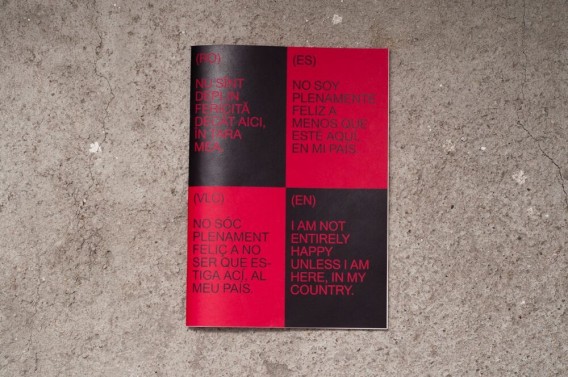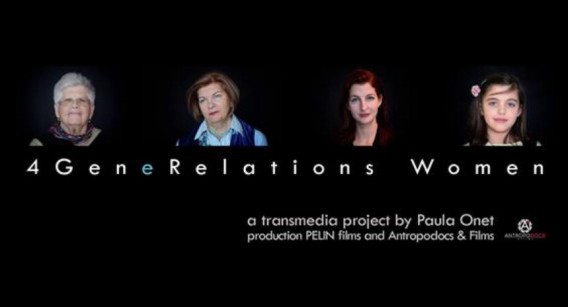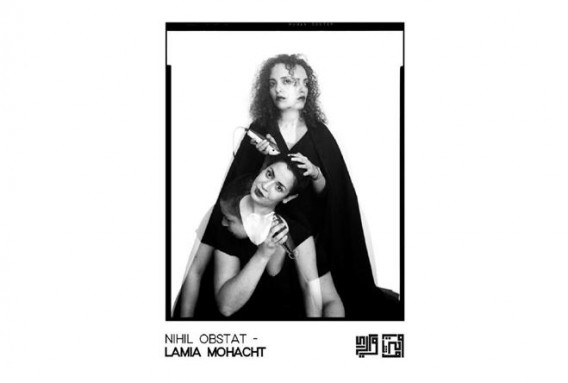After two seasons, you can be appreciated the lines of action are consolidated from the set of ideas that lit the birth of La Posta Foundation.
When in 2012 and 2013 began to prepare the first drafts of work, some guidelines that over time have been developing and expanding its ambition were made. In particular:
a) the importance given to the experience of art, and hence the concern about the physical conditions in which the reception of the work occurs;
b) placing the emphasis on the processes of creation and not just on the final objects finished;
c) the attention given to the binomial PHYSICAL SPACE for activities and exhibition of the work and VIRTUAL SPACE on the network for communication and feedback, we understand complementary and should be developed in unison;
d) the insistence that cultural and artistic practices that hosts La Posta Foundation are linked to social and economic processes, or, to the contrary, that do not respond exclusively to the desideratum of art for art (or the principle of autonomy art as formulated during the rule of modernity);
e) combining programming own production with collaborations with other organizations and groups to strengthen links with social and economic processes that referred to above.
On the other hand, as to the media, special attention to video, photography and installation is paid. Without losing sight of the context in which our activity is incardinated, which is the plastic arts. But how to approach the audiovisual is not peaceful, but it problematizes the relationship between video art or video creation and independent and experimental cinema. To do this, we focus on video art with a strong documentary content, and, on the other shore, cinema essay or creative documentary. Insert in this issue of relations between the two shores ―between two different ways of conceiving audiovisual creation, while some shared areas―, reflections and experiences regarding the optimum conditions for viewing images enroll.
With two opposing traditions: cinematography camera obscura and white cube art. As part of that tension looking to find their way installations that incorporate computer screens, television monitors, projection through translucent glass or vaporous gauzes, etc.; as well as changes of scale in the space of art, seeking greater recollection, greater intimacy, who knows if seeking to reproduce the typical conditions of viewing audiovisual images on the computer screen in the “room of the teenager” (as a paradigm).
Finally, note the consolidation in these past two seasons of some annual events, such as the month of film/video recordings activities, or exhibition of works with a strong activist content LGTB, in collaboration with groups and organizations that have among their objectives the defense the rights of this sector of society.
In this context it is proposed for the 2016-2017 season as thesis exhibition, the project Files Fugue, Curator Miguel Ángel Baixauli. A series of three solo exhibitions successive bringing together the latest works by three emerging artists, three young and “peripheral” women (Nicoleta Moise and Paula Onet born in Romania, Lamia Mohacht in Morocco), which approached from diverse perspectives and temporalities certain possibilities subversion and reformulation of specific and very close to their own experience visual files. Three ways to make art in dialogue with each other, displacing the borders of their respective files, and that from the questioning of the own historicity show to reinvent those files is an effective way of re-appropriation of the present.
For more information stay tuned to the screen.



